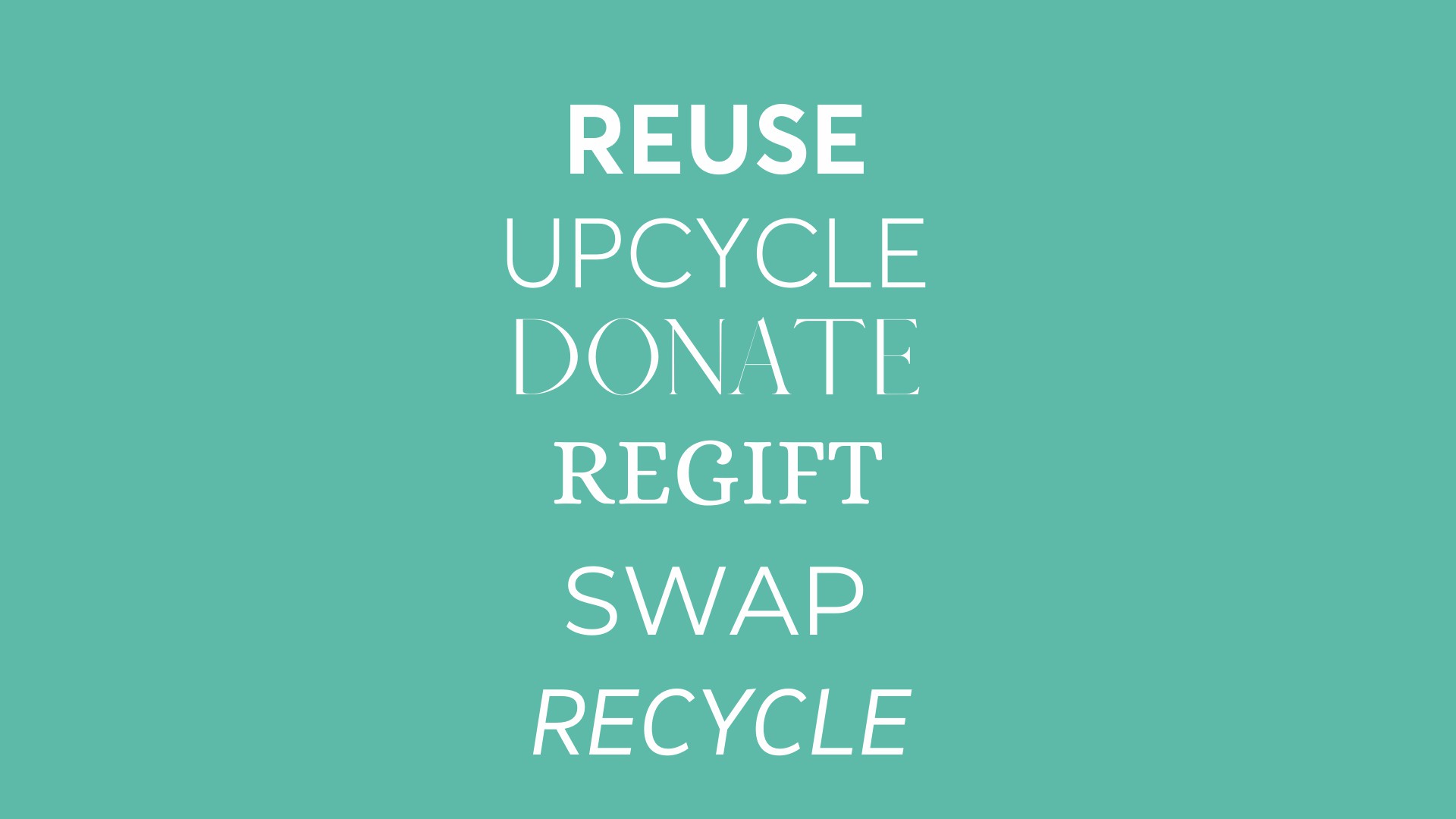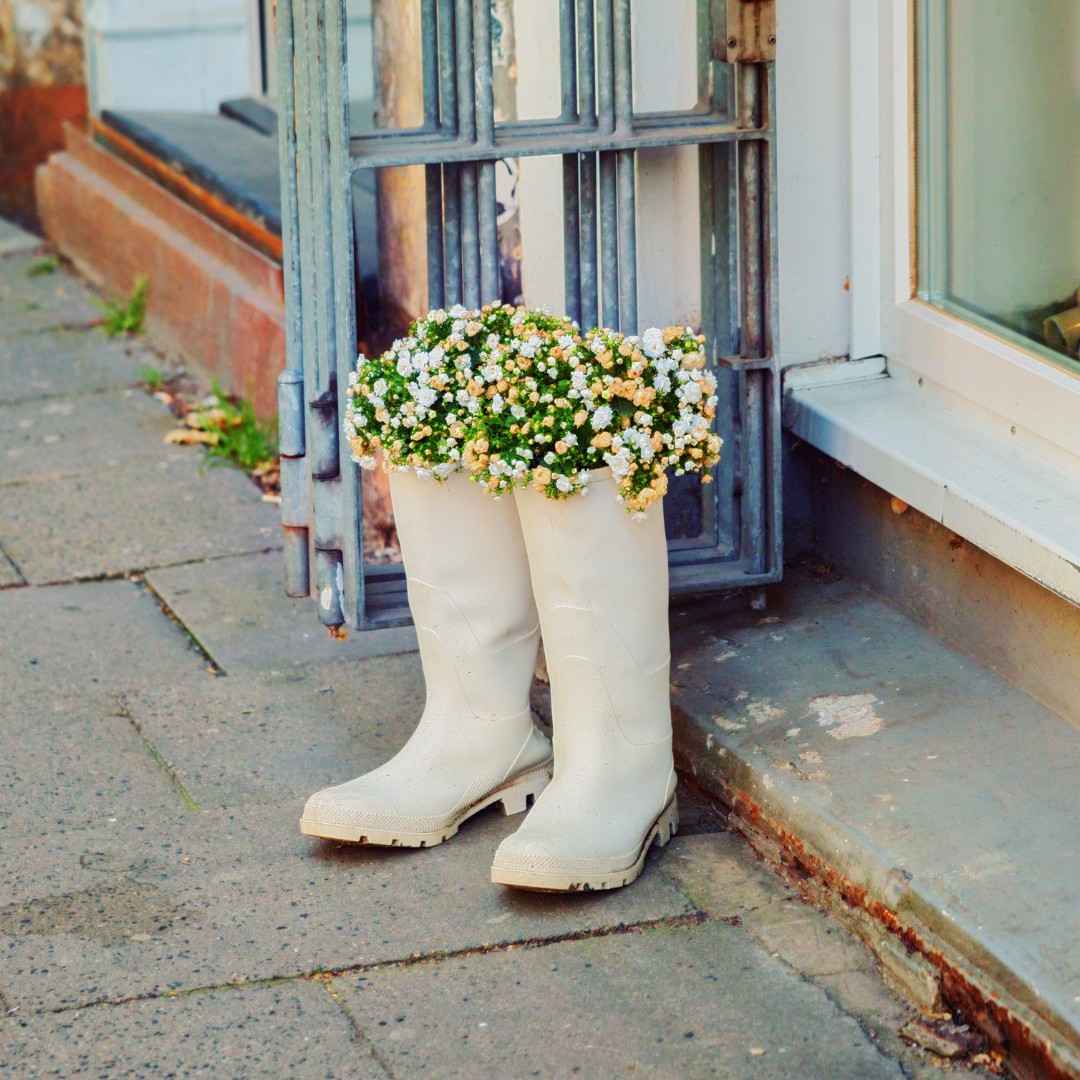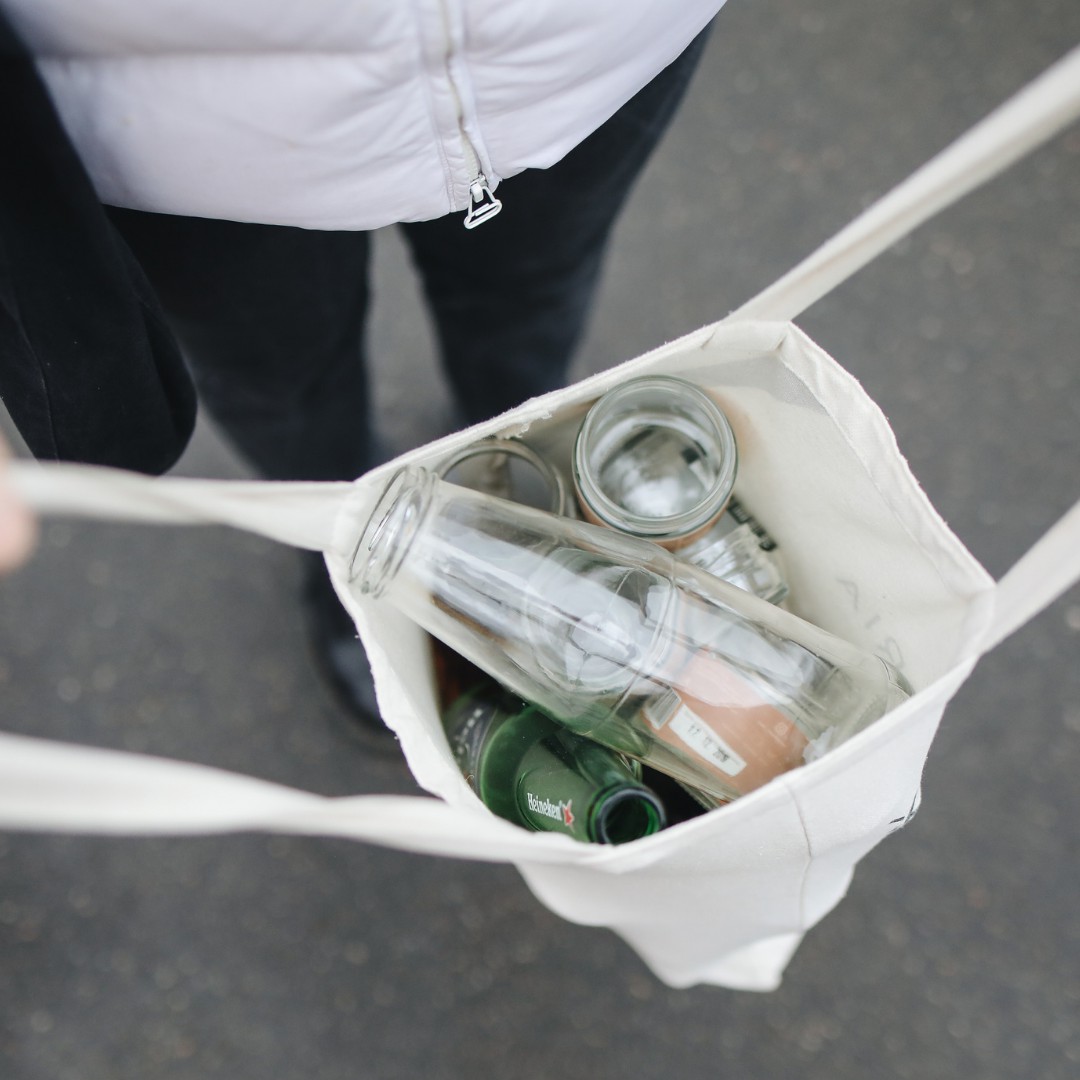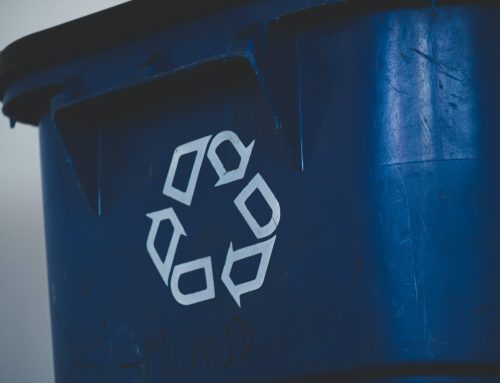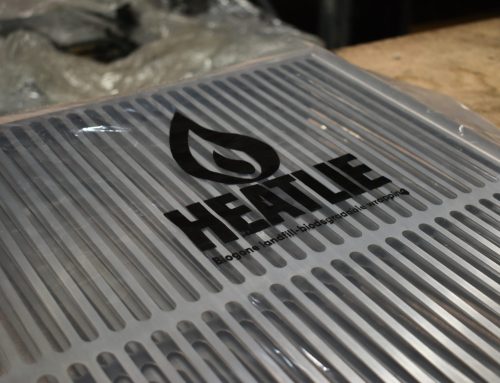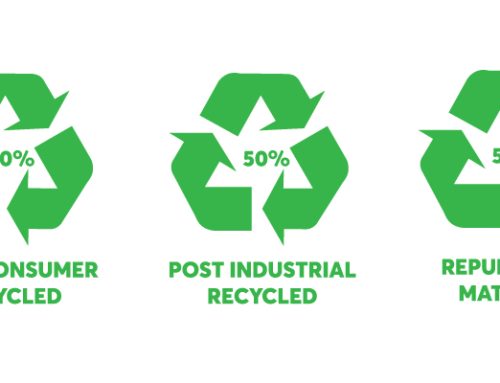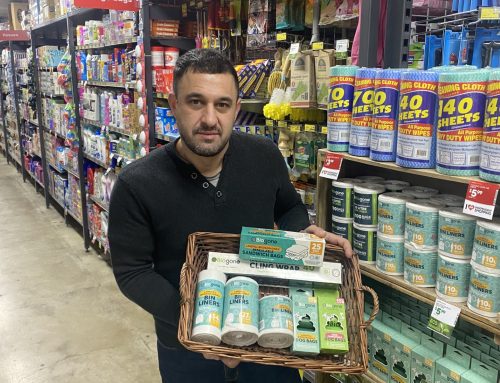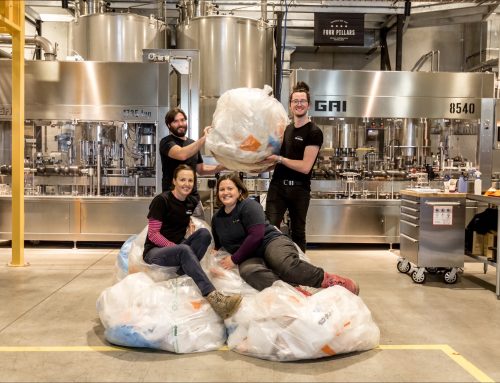When disposing of our waste, there’s a lot to consider. We can often find ourselves asking questions such as ‘Does this go in the recycling bin or rubbish bin? Can I turn these objects into something new that I can create to use at home? What is it made of and is there a way to repurpose this item?’
The notion of whether to recycle or upcycle is gaining awareness in recent years. The term ‘recycling’ is well known as the process in which items are recycled to create new products. However, the term upcycling is fairly new and implores us to form ideas to reuse objects that would otherwise be discarded.
What is recycling?
Recycling is an industrial process where items such as aluminium, paper, plastic (recycling codes 1-5) and glass can be broken down into raw materials and transformed into new products. For example, materials such as aluminium and glass can be recycled again and again, however, plastics and paper become weaker during the recycling process and can’t be broken down into recycled materials repeatedly so organic matter must be added to make it stronger.
What is upcycling?
Upcycling, which is also referred to as ‘creative recycling’, is a process of taking old materials and using creativity to turn them into something new. The process of upcycling means that the amount of waste such as fabric, textiles and other household items that ends up in landfills can be reduced. For example, rather than throwing away your old clothes such as jeans or a jumper in the garbage or recycling bin, it can be cut into shopping bags for your next visit to the grocery shop or soft toys that can be used by your pet or child.
How is recycling different from upcycling?
There are many differences between recycling and upcycling. Recycling breaks down materials so they’re of lesser quality as opposed to upcycling that uses the same materials or items and refurbishes it to create a higher quality product.
Recycling follows an industrial process to reuse materials, however certain items can lose their original form when they have been broken down repeatedly. For example, plastic bottles grow weaker as they break down through the recycling process each time.
Whereas upcycling follows a creative process in giving items a second life and adding more value to items that already have a story. For example, certain items such as detergent bottles and glass jars can be repurposed into pots for the garden or used as vases to hold and display flowers at home.
Benefits of recycling
Some benefits of recycling are as below:
- Items that would normally be disposed of would be recycled into properties that can be reused to make new products.
- Recycling materials saves waste from going into the rubbish bin and diverts waste from landfills, where it would release dangerous toxins and greenhouse gases into the environment.
- The recycling process uses up to 50% less energy than it would take to create items from raw materials and conserves natural resources such as water, oil, coal and trees.
Benefits of upcycling
Some benefits of upcycling are as below:
- It uses the concept of circular economy, which centers around using discarded materials and restoring them to be reused.
- Upcycling reduces the need to use extra energy and is the more sustainable option when turning old things into new things with your bare hands and reusing those objects in a creative way.
- Upcycling can be used to teach children and the wider community ways to transform items into new things and promote green practices that will impact the environment in a positive way. Items such as old clothes and plastic bottles can be turned into objects such as toys, flower pots and watering cans.
How does traditional recycling and upcycling work together?
Both recycle and upcycle processes have the same goal, which is to encourage the wider community that turning waste into new materials is more beneficial than throwing waste into landfill. Reducing waste in landfill can save money for businesses if there are proper recycling processes in place.
When clothes and certain items such as furniture are upcycled appropriately, and items that are recyclable are sent to the recycling bin, it has a positive impact on the environment in so many ways. By turning old products into new products, it enables items to have a second life and promote creative ways that items can be repurposed.
Learn more about recycling and upcycling with Biogone
In order to divert waste and valuable resources from landfill, the wider community needs to recycle and upcycle as much as possible, so items can have a second life.
By using practices that promote understanding and awareness in regards to recycling and upcycling processes around the world, a better and more sustainable future can be created for generations to come.


